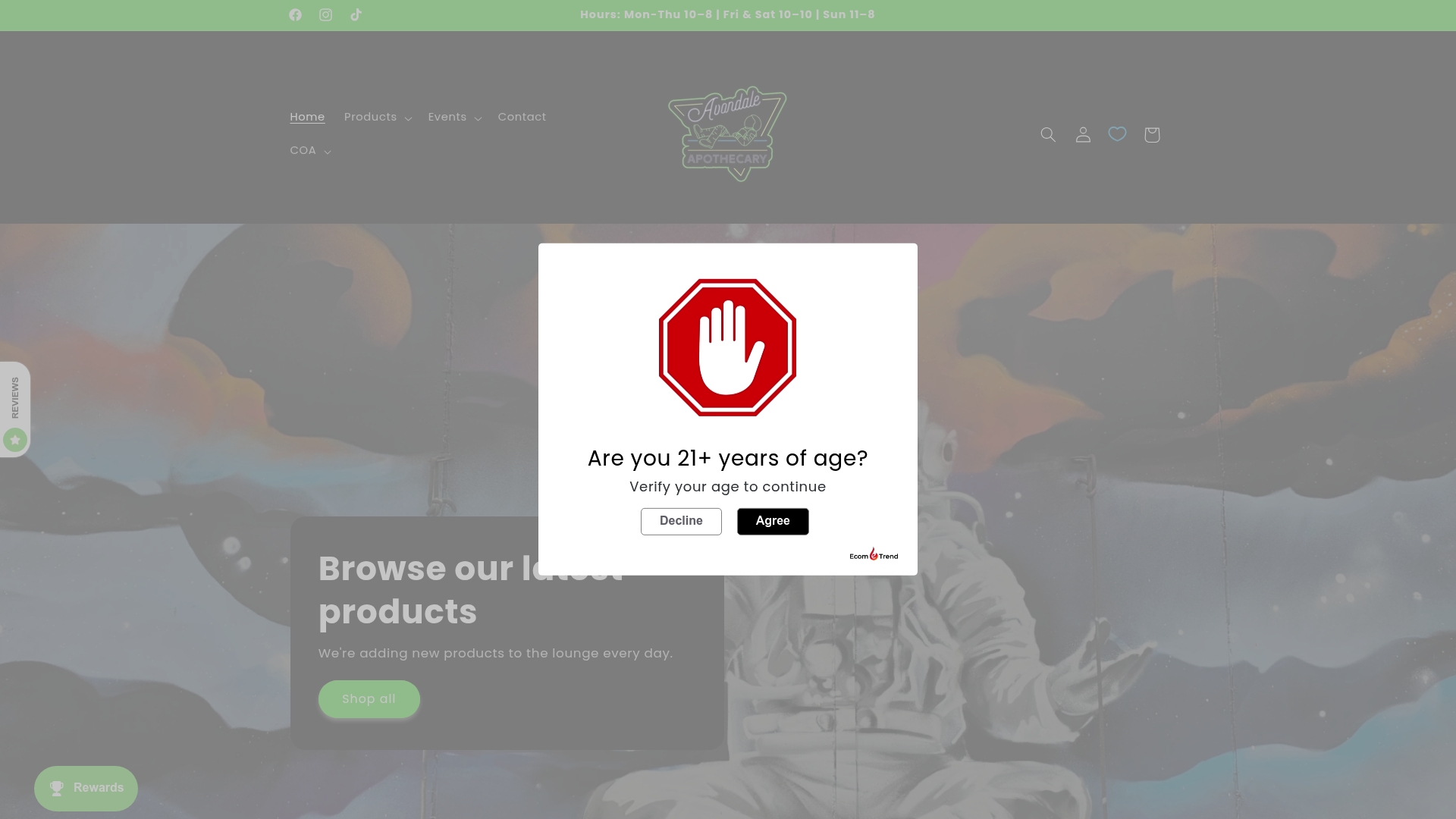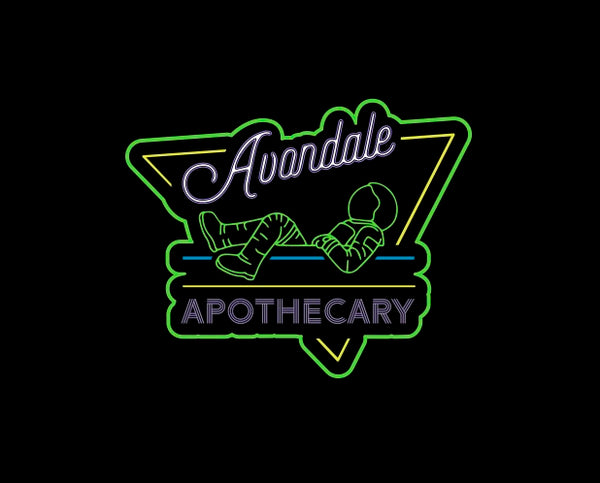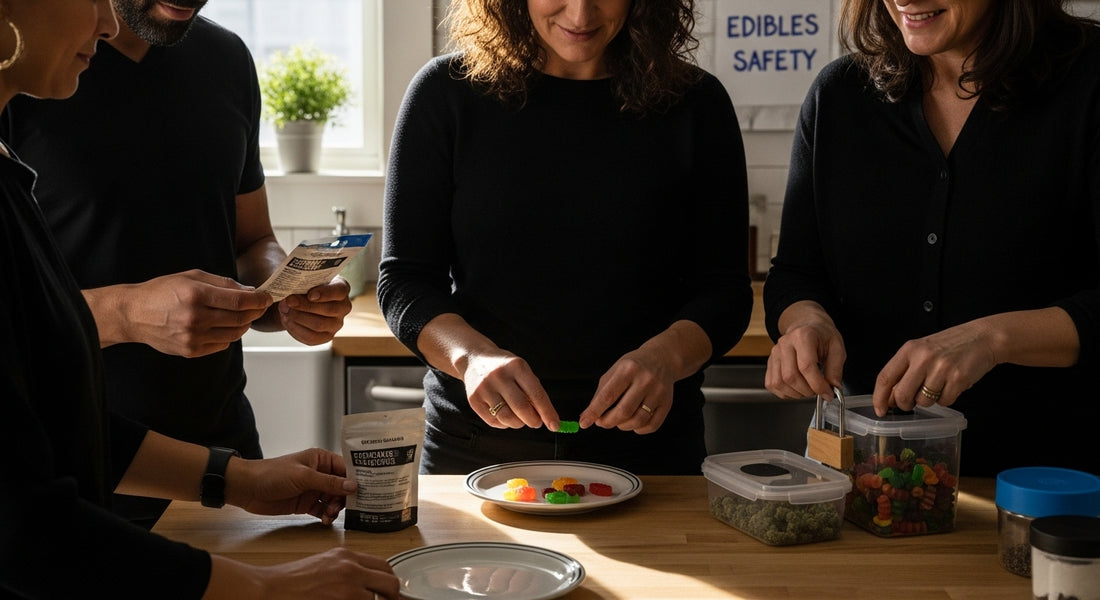Cannabis edibles are everywhere, popping up in everything from gummies to gourmet chocolates. That might sound like a tasty upgrade to the old ways, but there is something most people overlook. When THC is eaten instead of smoked, it turns into a more powerful compound called 11-hydroxy-THC, leading to effects that last up to twice as long as other methods. Edibles are not just fun treats, they are a totally different experience waiting to surprise anyone who takes a bite.
Table of Contents
- What Are Cannabis Edibles And Why They Matter
- The Importance Of Dosage In Edible Consumption
- Understanding The Effects Of THC And CBD In Edibles
- Key Safety Considerations For Using Cannabis Edibles
- Navigating Product Labels: What To Look For
Quick Summary
| Takeaway | Explanation |
|---|---|
| Start with low THC doses | Beginners should consume 2.5-5 mg of THC to prevent overconsumption and its effects. |
| Wait between doses | Allow at least 90-120 minutes before taking more edibles to gauge effects properly. |
| Store edibles securely | Keep cannabis edibles in childproof containers to prevent accidental ingestion by children or pets. |
| Understand THC and CBD effects | THC induces psychoactive effects; CBD can modulate these effects, impacting the experience significantly. |
| Read product labels carefully | Check cannabinoid content, serving sizes, and safety symbols on labels for informed decisions. |
What Are Cannabis Edibles and Why They Matter
Cannabis edibles represent a sophisticated and nuanced method of cannabis consumption that transforms traditional plant-based experiences into consumable products. These innovative products infuse cannabis compounds like THC and CBD into various food and beverage items, offering consumers an alternative to smoking or vaping.
Understanding Cannabis Edible Composition
Edibles encompass a wide range of products including baked goods, gummies, chocolates, beverages, and even savory snacks. Unlike traditional cannabis consumption methods, these products undergo precise manufacturing processes that carefully integrate cannabinoids into the base ingredients. The goal is to create consistent, measurable, and controlled cannabis experiences.
Our comprehensive guide to cannabis edibles provides deeper insights into the intricate world of these products. The key difference between edibles and other consumption methods lies in how the body metabolizes cannabinoids. When ingested, THC travels through the digestive system and liver, converting into a more potent compound called 11-hydroxy-THC, which produces longer-lasting and potentially more intense effects.
Health and Consumption Considerations
According to the CDC, cannabis edibles present unique safety challenges. The delayed onset of effects can lead some consumers to accidentally overconsume, potentially resulting in uncomfortable or dangerous experiences. Critical safety considerations include:
- Start with low dosages (typically 2.5-5 mg THC)
- Wait at least 2 hours before consuming additional amounts
- Store edibles securely away from children and pets
- Understand individual tolerance levels
- Never consume edibles in unfamiliar or unsafe environments
Cannabis edibles matter because they offer a discreet, potentially healthier alternative to smoking, with precise dosage control and a broader range of consumption options. They represent an evolving intersection of culinary innovation, medical research, and personal wellness strategies.
The Importance of Dosage in Edible Consumption
Dosage represents the critical foundation of safe and enjoyable cannabis edible experiences. Unlike smoking or vaping, where effects are almost immediate, edibles require a nuanced approach to consumption that prioritizes precision and individual physiological responses.
Understanding Individual Tolerance Levels
Every person metabolizes cannabis differently, making standardized dosage recommendations complex. Factors such as body weight, metabolism, previous cannabis experience, and individual endocannabinoid system sensitivity significantly influence how one responds to edible consumption. Our comprehensive edibles dosing guide provides detailed insights into navigating these individual variations.
According to Colorado Department of Revenue regulations, responsible consumption begins with understanding standard dosage parameters. Typical recommendations include:
- Beginners should start with 2.5-5 mg of THC
- Experienced consumers might tolerate 10-15 mg doses
- Advanced users may consume up to 20-30 mg safely
- Always wait 90-120 minutes between consumption increments
Potential Risks of Improper Dosage
Incorrect dosage can lead to significant adverse experiences. Overconsumption might trigger intense psychological discomfort, including anxiety, paranoia, and temporary cognitive impairment. Conversely, underdosing may result in minimal therapeutic or recreational benefits. The key is finding a personalized, balanced approach that respects individual physiological boundaries.
Understanding dosage is not just about immediate effects but also about long-term cannabis interaction and personal wellness.
Responsible consumption means recognizing that cannabis edibles are powerful substances requiring careful, informed engagement.
Understanding the Effects of THC and CBD in Edibles
Cannabis edibles represent a complex interaction between two primary cannabinoids THC and CBD, each contributing unique physiological and psychological effects that transform the consumption experience. Understanding their individual characteristics and combined interactions provides crucial insights into responsible and intentional cannabis use.
The Distinctive Roles of THC and CBD
Tetrahydrocannabinol (THC) serves as the primary psychoactive compound responsible for the euphoric and intoxicating sensations associated with cannabis consumption. When ingested through edibles, THC undergoes metabolic transformation in the liver, converting into a more potent compound called 11-hydroxy-THC, which creates more intense and prolonged effects compared to other consumption methods. Learn more about the intricate role of THC in edibles to gain deeper insights into its complex interactions.
Conversely, Cannabidiol (CBD) represents a non psychoactive compound that offers potential therapeutic benefits without inducing intoxication. According to Johns Hopkins Medicine, CBD can significantly influence THC metabolism, potentially amplifying or modulating its effects.
Potential Physiological Interactions
The interaction between THC and CBD demonstrates a fascinating phenomenon known as the “entourage effect,” where cannabinoids work synergistically to produce nuanced physiological responses. Key characteristics of this interaction include:
- CBD may potentially mitigate some intense psychoactive effects of THC
- Different ratios of THC to CBD can create varied experiential outcomes
- Individual biochemistry plays a significant role in cannabinoid response
- Potential therapeutic applications range from pain management to anxiety reduction
Consumers should approach edibles with an understanding that these compounds interact dynamically within the human endocannabinoid system, creating unique and personalized experiences that extend beyond simple consumption.
Below is a comparison table summarizing the key differences between THC and CBD in cannabis edibles to help understand their distinct roles and effects.
| Compound | Psychoactive? | Primary Effects | Interaction in Edibles | Potential Benefits |
|---|---|---|---|---|
| THC | Yes | Euphoric, intoxicating; converted to 11-hydroxy-THC in liver; effects are more intense and longer lasting | Produces the primary psychoactive experience when eaten; effects last up to twice as long as smoking/vaping | Intoxication, relaxation, pain relief |
| CBD | No | Non-intoxicating; modulates THC effects | Can boost or buffer THC effects depending on ratio; contributes to entourage effect | Anxiety reduction, pain management, may lessen adverse THC effects |
![]()
Key Safety Considerations for Using Cannabis Edibles
Cannabis edibles represent a nuanced consumption method requiring meticulous attention to safety protocols and personal awareness. Unlike other cannabis consumption methods, edibles introduce unique challenges that demand comprehensive understanding and responsible engagement.
Storage and Access Prevention
Secure storage of cannabis edibles is paramount to preventing unintended consumption, especially in households with children or vulnerable individuals. Proper storage goes beyond simple containment it involves strategic placement and protective measures. Our comprehensive safety guidelines offer detailed insights into responsible management.
According to the National Institute on Drug Abuse, critical storage considerations include:
-
Use childproof containers with secure locking mechanisms
-
Store edibles in locations completely inaccessible to children and pets
-
Separate cannabis products from regular food items
-
Maintain clear labeling indicating contents and potency
-
Consider using high shelves or locked cabinets
Consumption Environment and Personal Preparedness
The consumption environment significantly impacts the overall edible experience. Responsible users must create a safe, controlled setting that minimizes potential risks and maximizes personal comfort. This involves selecting an appropriate location, ensuring personal physical and mental readiness, and having a support system in place.
Key preparedness strategies include establishing a comfortable, familiar environment, having trusted companions nearby, staying hydrated, and avoiding complex tasks or operating machinery. Understanding personal tolerance and potential physiological responses is crucial for a safe and enjoyable experience.
Ultimately, cannabis edible safety transcends simple guidelines it represents a holistic approach to responsible consumption that prioritizes personal wellness, environmental awareness, and informed decision-making.
Navigating Product Labels: What to Look For
Cannabis edible product labels represent more than simple packaging they are comprehensive informational guides that provide critical insights into product composition, potency, and safety. Understanding how to decode these labels empowers consumers to make informed, responsible purchasing decisions.
Deciphering Cannabinoid Content
Total cannabinoid content is the most crucial element of any cannabis edible label. Consumers should focus on precise measurements of THC and CBD concentrations, which directly influence the product’s potential effects and therapeutic properties. Our detailed product labeling guide offers additional insights into understanding these complex specifications.
According to Washington State regulations, comprehensive labels should clearly display:
- Total milligrams of THC per serving
- Total milligrams of THC per entire package
- Serving size recommendations
- Cannabinoid ratio information
- Batch or lot number for product traceability
Safety Symbols and Warning Indicators
Beyond cannabinoid information, product labels serve as critical safety communication tools. Responsible manufacturers include universal cannabis symbols, age restriction warnings, and consumption guidelines. These visual indicators help prevent accidental ingestion and provide essential usage information.
Key safety elements typically include universal cannabis warning symbols, child-resistant packaging indicators, recommended storage conditions, and explicit warnings about potential psychoactive effects. Consumers should view these labels as comprehensive safety instructions that extend far beyond simple product description.
This table organizes the essential label information and safety symbols you should look for on cannabis edible products to help you make informed and safe purchasing decisions.
| Label Element | Description | Why It Matters |
|---|---|---|
| Total THC per Serving | Milligrams of THC in one serving | Guides safe dosing |
| Total THC per Package | Milligrams of THC in the entire package | Prevents accidental overconsumption |
| Cannabinoid Ratios | Ratio of THC to CBD and other cannabinoids | Helps anticipate effects |
| Serving Size Recommendations | Manufacturer-suggested serving amount | Assists portion control |
| Batch/Lot Number | Unique code for product traceability | Enables safety recalls/quality control |
| Universal Cannabis Symbol | Standard warning logo required by law | Prevents accidental ingestion |
| Age Restriction Warnings | Indicates legal minimum age for use | Protects minors |
| Storage and Usage Instructions | Guidelines for safe keeping and use | Enhances product safety |
Take Control of Your Safety with Trusted Cannabis Edibles
Feeling uneasy about edible safety or overwhelmed by confusing product labels and dosage information? You are not alone. Many consumers worry about overconsumption, unclear potency, or hidden ingredients. At Avondale Apothecary, we share your concerns and understand the importance of transparency. That is why every edible in our All Products collection is lab tested, carefully labeled, and comes with a comprehensive Certificate of Analysis. We guide you at every step so you can confidently enjoy your cannabis products with peace of mind.

Experience a safer and more informed way to shop for edibles today. Visit Avondale Apothecary to explore our entire range. Start making choices that put your wellness first. Do not wait to secure your next safe and satisfying cannabis experience.
Frequently Asked Questions
What are cannabis edibles?
Cannabis edibles are food and beverage products infused with cannabis compounds like THC and CBD, providing an alternative to smoking or vaping.
How should I dose cannabis edibles safely?
Start with low dosages of 2.5-5 mg THC, wait at least 90-120 minutes to assess effects before consuming more, and consider personal tolerance levels.
What safety precautions should I take when consuming cannabis edibles?
Store edibles securely away from children and pets, consume in a safe environment, and be aware of your physical and mental readiness before consumption.
How can I understand product labels for cannabis edibles?
Look for total cannabinoid content, serving size recommendations, and safety symbols on the label, which provide essential information about potency and usage.

